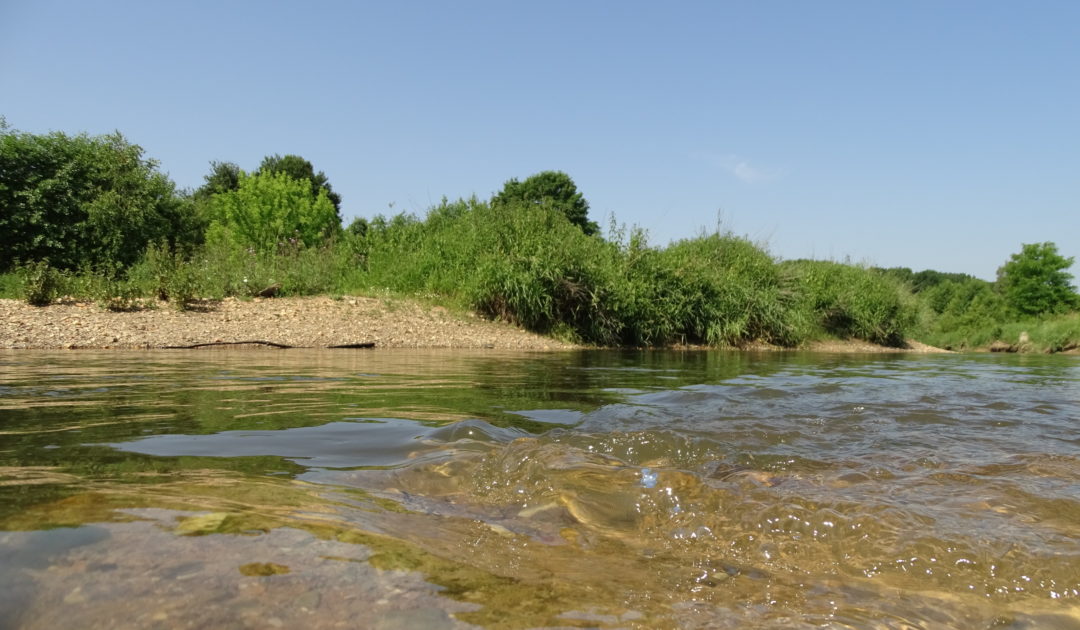River- and Floodplain
Ecological long-term monitoring and control of success for the renaturation measure on the Nidda river near Bad Vilbel-Gronau
Supported by: Gerty-Strohm Stiftung
Duration: 01/2013 – 12/2020
Projectmanagement: Prof. Dr. Peter Haase
Projectpartner: Dr. Egbert Korte; BFS-Riedstadt
Summary:
In recent years, numerous national and international studies have been conducted on the effects of river restoration. Nearly all studies showed that significant hydromorphological improvements were already achieved by taking measures on short sections, but that the response of aquatic organisms lagged behind the hydromorphological effects. In addition to the effects on the water body and its biocoenoses, renaturation also has an impact on the floodplain, e.g. by creating floodplains near the banks, zones with little vegetation or floodplain waters. As a consequence, the communities living close to the banks of the river change towards near-natural alluvial zones. It is thanks to this dynamic interaction between river and floodplain that the most species-rich ecosystem in Europe has been created. Unfortunately, however, about 80% of the floodplains are now considered to have undergone significant changes. It is known from ecological theory that anthropogenically impaired ecosystems that have been renatured do not immediately return to a near-natural state, but react with a time lag. However, there are still only a few reliable data on the periods of time relevant to river and floodplain ecosystems. Up to now, such effects could only be estimated indirectly at best, e.g. by comparing renatured sections with nearby reference sections.
In this project a consistent monitoring concept will be applied to investigate and evaluate the long-term effects of the renaturation measures on the Nidda river near Dortelweil. In this context, not only the effects of the measures on the water organisms are examined, but also those on the floodplain organisms.
